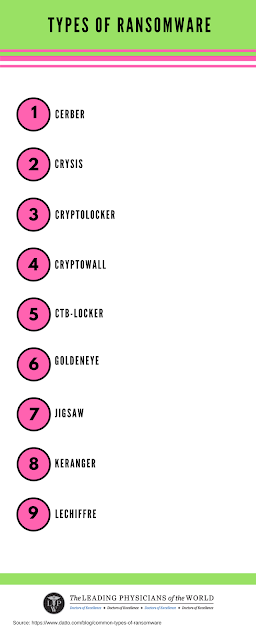Types of Headaches

Many of us are familiar with some form of the throbbing, uncomfortable, and distracting headaches . The World Health Organization points out that nearly everyone experiences a headache once in a while. Although headaches can be defined as pain “in any region of the head,” the cause, duration, and intensity of this pain can vary according to the type of headache. If your headache is less severe, read on to learn how to identify the type of headache you may be experiencing and what you can do to ease your symptoms. Causes Migraine headache is caused by inflammation or irritation of structures that surround the brain or affect its function. While the brain itself has no pain nerve fibers, everything else above the shoulders, from the neck, skull, and face, can cause a person to have of head pain. Systemic illnesses, including infection or dehydration, can have associated headache. These are known as toxic headache. Changes in circulation and blood...





